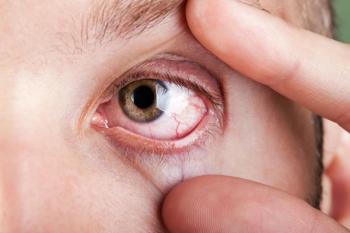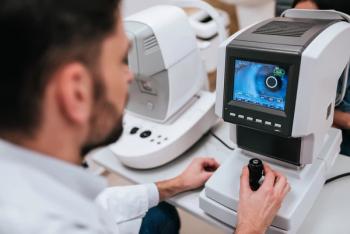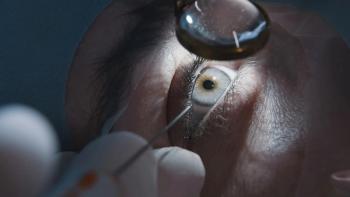
Tear Film and Ocular Surface 2024: Uncovering the systemic mechanism of lifitegrast
New research sheds light on how the dry eye medication lifitegrast works beyond the ocular surface, targeting the underlying immune system to provide relief for patients.
In this insightful interview, Pedram Hamrah, MD, a renowned expert in dry eye disease, discusses the findings from a recent poster presentation at the Tear Film and Ocular Surface meeting in Venice, Italy. The focus of the research was to uncover the mechanism of action of lifitegrast, a dry eye medication that has been approved for use in recent years.
Traditionally, it was believed that lifitegrast worked by binding to immune cells in the vasculature and preventing them from reaching the ocular surface. However, the new research reveals a more complex and systemic mechanism of action. Hamrah explains that lifitegrast actually targets the draining lymph nodes of the eye, where it exerts its effects on the immune system.
The study, conducted in mice, involved placing the animals in dry chambers to induce dry eye disease. Researchers then compared the effects of lifitegrast treatment to normal saline and untreated controls. Interestingly, the lifitegrast-treated mice showed a decrease in corneal staining and an increase in tear production, mirroring the clinical benefits observed in human patients.
Further investigation into the underlying mechanisms revealed that lifitegrast suppresses the production of pro-inflammatory markers, such as interferon gamma and TNF alpha, in the draining lymph nodes. Additionally, the number of T cells, which play a crucial role in the pathogenesis of dry eye disease, was significantly reduced in the lymph nodes of lifitegrast-treated mice.
Delving deeper, the researchers found that lifitegrast also suppressed the expression of chemotactic cytokines, which are responsible for guiding T cells to the cornea. This finding was further supported by a disease transfer experiment, where T cells from untreated dry eye mice were able to induce dryness and decreased tear production in non-dry eye mice, but T cells from lifitegrast-treated mice did not have the same effect.
These findings suggest that lifitegrast's mechanism of action extends beyond the ocular surface, targeting the systemic immune system and the lymph nodes. This represents a unique approach compared to other dry eye therapies, which primarily focus on the ocular surface and the lacrimal gland.
Hamrah emphasizes the significance of these findings, highlighting the potential of topical drugs to modulate the systemic immune system and address the underlying pathogenesis of dry eye disease. He also underscores lifitegrast's potent anti-inflammatory effects at the T cell level, which could have far-reaching implications for the management of this complex and debilitating condition. As eye care providers, understanding the comprehensive mechanism of action of lifitegrast can inform clinical decision-making and provide valuable insights into the evolving landscape of dry eye disease management.
Newsletter
Want more insights like this? Subscribe to Optometry Times and get clinical pearls and practice tips delivered straight to your inbox.





